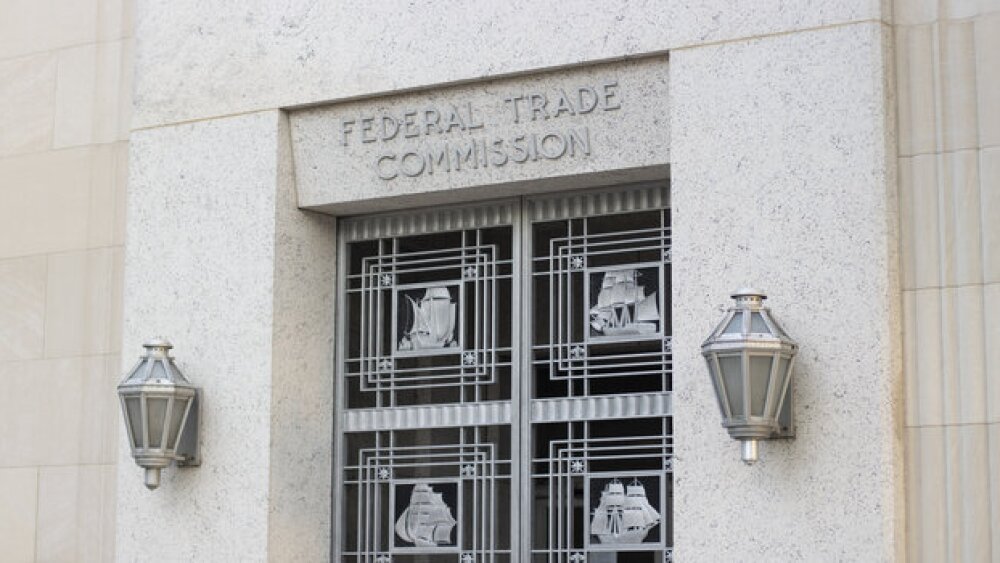Amylyx’s recent decision to withdraw its ALS drug Relyvrio from the market highlights an important business decision for companies: when to continue marketing or investigating a drug that has failed a pivotal or confirmatory study.
It’s been a little over a month since Amylyx Pharmaceuticals announced it would withdraw its amyotrophic lateral sclerosis drug Relyvrio from the market after it failed to meet the primary endpoints in a Phase III trial. Relyvrio received approval in 2022 after a positive Phase II study and the company had vowed to pull it if the second trial was not successful.
Relyvrio isn’t the first drug to be withdrawn from the market after additional trials have failed to reaffirm earlier studies supporting the efficacy and safety of novel therapies. Conversely, some drugs stay on the market for years after confirmatory or other Phase III trials don’t deliver the expected results. For example, Jazz Pharmaceuticals and PharmaMar’s Zepzelca remains on the market for small cell lung cancer despite not meeting overall survival endpoints.
Even for drugs that have yet to reach the market, companies can be faced with tough decisions when late-stage trials do not yield the expected results. BrainStorm Cell Therapeutics, for example, continues to develop its cell therapy NurOwn for ALS even after a Phase III trial failed to meet its primary endpoint and an FDA advisory committee voted against approval last year.
Market withdrawal and pipeline decisions after late-stage failures depend on a number of factors, including the details of the study’s data. “The first thing that comes to mind is, why did the trial fail? Is it related to efficacy, safety, or both?” Nicolas Schmitz, a senior market analyst at KBI Biopharma, told BioSpace in an email. “The nature of the failure (statistical significance, side effects or patient recruitment challenges) will obviously play a crucial role in the future of the drug candidate and the company that owns it.”
Not Cut and Dry
In the last few years, there have been a handful of approved drugs withdrawn from the market. TG Therapeutics received accelerated approval for Ukoniq in February 2021 but voluntarily withdrew the lymphoma drug in 2022 after updated data showed a possible increased risk of death. Gilead Sciences’ Zydelig for lymphoma and small lymphocytic leukemia received accelerated approval in 2014 but was voluntarily withdrawn in 2022 after enrollment challenges hindered its confirmatory trial. And Genentech’s Tecentriq won accelerated approval in 2016 for urothelial carcinoma but failed to meet its overall survival endpoint in a Phase III trial the following year for patients with locally advanced or metastatic urothelial cancer who had been treated with platinum chemotherapy. It was withdrawn from the market in 2021 for this indication, with additional indications being pulled in 2022.
Failed trials play a key role in earlier development decisions too. For example, a failed Phase III study can cause some companies to shutter entire development programs, while others will continue pushing forward with additional studies, perhaps with different trial designs or targeting different patient populations.
In September 2023, when the FDA’s Cellular, Tissue and Gene Therapies advisory committee voted 17-1 against recommending NurOwn for approval, the company decided to continue developing the therapy.
“We’re heartened and encouraged by the support of the community, but it really comes back to the evidence that we have which drives us,” Co-CEO Stacy Lindborg told BioSpace.
The advisory committee had been critical of the company’s manufacturing plan and questioned the greater mortality rate in the experimental group. Moreover, the primary endpoint of BrainStorm’s Phase III trial—the proportion of participants experiencing an improvement of 1.25 points per month post-treatment on the ALSFRS-R vs. placebo—did not meet statistical significance. However, this endpoint was achieved in a subset of patients.
“At face value, we took the endpoints, and our first inclination was that this is a failed trial,” Lindborg said, adding that all companies have a responsibility to trial participants to understand what they have learned. “When we started seeing that the cells had done what we expected, we started to ask additional questions.” Indeed, the team saw in the trial data improvements in neurofilament light and other markers of neurodegenerative disease, Lindborg said. BrainStorm came to an agreement with the FDA on the design of a Phase IIIb trial for NurOwn in February 2024. Lindborg is optimistic that the trial will succeed, but would not comment on what action the company would take if the new endpoints are not met.
Sarepta Therapeutics is also looking to move forward with a therapy that hasn’t delivered as expected in clinical trials. The FDA accepted Sarepta’s supplemental Biologics License Application (sBLA) for full approval and to expand the label of its Duchenne muscular dystrophy gene therapy Elevidys earlier this year, despite its failing a confirmatory trial in October 2023. The company expects a decision on or before June 21.
Financial Factors
Finances also play a role in whether companies pursue additional trials in the face of less-than-ideal results. A larger company might have more freedom to pursue further development following a failure than a small company would. Schmitz pointed to Eli Lilly’s solanezumab, which failed to meet endpoints in multiple trials before being dropped in 2023, as an example. Lilly earned more than $34 billion in revenue in 2023, with 63% of that coming from a handful of drugs. In comparison, Amylyx earned $380 million in revenue in 2023, with Relyvrio its only marketed product.
If a company is “struggling with cash” with no alternative products, a failed trial “might certainly be the end of the adventure” for that company, he said.
“The key tenets of every product are cycle time, cost and value,” Lindborg said. “Is there an appropriate need, such that what you’re investing can be recouped and that you’re able to continue to do research in the future?”
Companies may also sell drug programs that failed in clinical trials to companies with the resources to continue research and development, Schmitz said. Lindborg added that partnerships between companies could help cost-effectiveness and efficiency by sharing capacity and headcount across organizations.
Whether or not a drug is withdrawn from the market or development is halted ultimately affects whether trial participants and other patients can access that drug. A study examining cancer drugs that failed clinical trials after receiving accelerated approval found that multiple drugs were still recommended by the National Comprehensive Cancer Network even after negative results were available.
Amylyx will continue to make Relyvrio available for free to patients who believe the drug is helping them, a decision that was commended by The ALS Association, according to The Washington Post.
“We try to boil every question down to, what’s best for people with the disease, what’s best for the families, what’s best for the community,” Amylyx Co-CEO Justin Klee told BioSpace last month. “We ran a large, randomized control trial. It was a very well-done trial, and the benefit was uncertain.”
Nadia Bey is a freelance reporter in North Carolina. Her work and contact information can be found at nadiabey.com.
Correction (May 15): This article has been updated from its original version to correct that the Phase III ATLANTIS trial of Jazz Pharmaceuticals and PharmaMar’s Zepzelca was not a confirmatory trial. BioSpace regrets the error.





